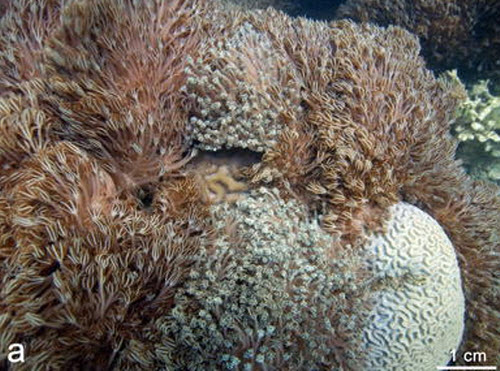
Invasive Xenia Corals Established in the Caribbean
Thriving populations of Indo-Pacific Xenia has been found on reefs in Venezuela. Xenia corals are very quick growing and might pose as serious treat to the native reefs and the species living on them.
No one knows for sure how the Xenia got established in Venezuela but some disturbing reports states that they were intentionally and illegally introduced and farmed by commercial aquarium operations that seeded Xenia in the rocky substrate for propagation and farming purposes.
Xenia is known for their rapid growth rates, high fecundity, and extensive vegetative reproduction. Some scientific evidence suggests that Xeniidae quickly takes over degraded reef substrate and therefore can have a severe negative affects on damaged reefs by settling in areas before other corals can re-establish themselves. Xenia corals are in other words affecting the colonization, restoration, and function on reefs where they are present..
The first Xenia found in Venezuela (Xenia membranacea ) was found in 2007. At that time a single specimen was found. Today Xenia have settled up 20% of the habitat in some areas. The first coral was found in Valle Seco but they have since spread to Conoma Bay and Mono Island. They keep spreading.
The biodiversity have changed within the area the Xenia settled. The main damage done is that they settle on top of and kill stony corals such as Colpophyllia natans , Diploria strigosa, Orbicella annularis, Montastraea cavernosa, and Millepora alcicornis. Millepora alcicornis is an important reed building species.